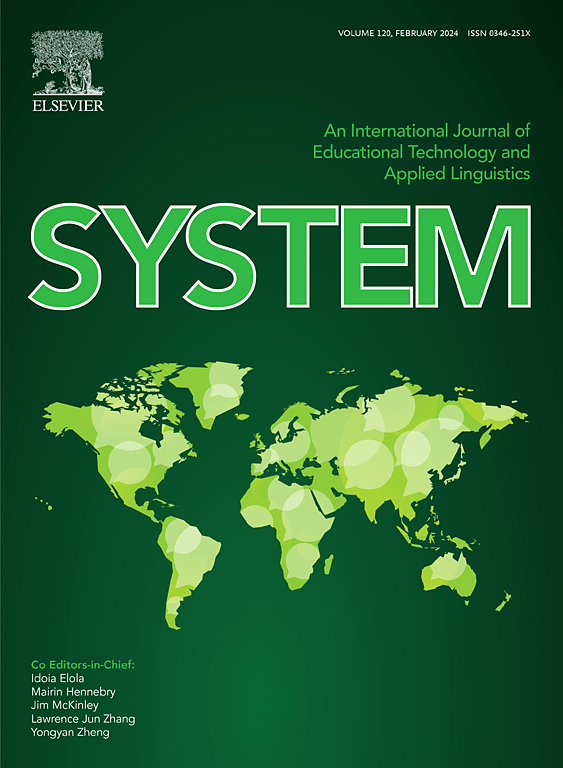Multi-omics analysis reveals host-microbe interactions driving divergent energy allocation strategies in Tibetan sheep under cold-season feeding regimes
IF 6.5
1区 农林科学
Q1 Agricultural and Biological Sciences
引用次数: 0
Abstract
As an indigenous livestock species on the Tibetan Plateau, Tibetan sheep exhibit remarkable adaptability to low temperatures and nutrient-scarce environments. During the cold season, Tibetan sheep are typically managed under two feeding regimes: barn feeding (BF) and traditional grazing (TG). However, the molecular mechanisms underlying their adaptation to these distinct management strategies remain unclear. This study aimed to investigate the adaptive strategies of rumen function in Tibetan sheep to cold-season feeding regimes by integrating analyses of rumen morphology, microbiome, metabolome, and transcriptome. Twelve healthy Tibetan sheep with similar body weights were assigned into two groups (BF vs. TG). At the end of the experiment, rumen tissues were subjected to histological observation. Multi-omics techniques were employed to evaluate the effects of cold-season feeding regimes on rumen function in Tibetan sheep. The ruminal papilla height, width, and muscular thickness were significantly higher in BF group. The relative abundances of Actinobacteria and Succiniclasticum were significantly elevated in the rumen of BF group, whereas Rikenellaceae, Gracilibacteria, and Lachnospiraceae showed higher abundances in the TG group. Metabolomic analysis identified 19 differential metabolites between the two groups, including upregulated compounds in BF group (fumaric acid, maltose, L-phenylalanine, and L-alanine) and TG group (e.g., phenylacetic acid, salicyluric acid and ferulic acid). These metabolites were predominantly enriched in phenylalanine metabolism, alanine, aspartate and glutamate metabolism, and phenylalanine, tyrosine and tryptophan biosynthesis pathways. Additionally, 210 differentially expressed genes (DEGs) were identified in rumen epithelium: 100 upregulated DEGs in the BF group were enriched in nutrient metabolism-related pathways (e.g., fatty acid degradation and PPAR signaling pathway), while 110 upregulated DEGs in the TG group were associated with immune-related pathways (e.g., p53 signaling pathway and glutathione metabolism). Among these, we observed distinct rumen functional responses to different cold-season feeding regimes in Tibetan sheep and revealed energy allocation strategies mediated by host-microbe interactions. In the BF group, Tibetan sheep adopted a "metabolic efficiency-priority" strategy, driving rumen microbiota to maximize energy capture from high-nutrient diets to support host growth. In contrast, the TG group exhibited an "environmental adaptation-priority" strategy, where rumen microbiota prioritized cellulose degradation and anti-inflammatory functions, reallocating energy toward homeostasis maintenance at the expense of rumen development and growth performance.然而,它们适应这些不同管理策略的分子机制尚不清楚。TG)。实验结束时,对瘤胃组织进行组织学观察。BF组瘤胃乳头高度、宽度和肌肉厚度显著高于对照组。BF组瘤胃放线菌科和琥珀酸杆菌科的相对丰度显著升高,甘油三酯组瘤胃里氏菌科、细叶菌科和毛缕菌科的相对丰度较高。代谢组学分析确定了两组之间的19种差异代谢物,包括BF组(富马酸、麦芽糖、l -苯丙氨酸和l -丙氨酸)和TG组(苯基乙酸、水杨酸和阿魏酸)中上调的化合物。这些代谢物主要富集于苯丙氨酸代谢、丙氨酸、天冬氨酸和谷氨酸代谢以及苯丙氨酸、酪氨酸和色氨酸的生物合成途径。此外,在瘤胃上皮中鉴定出210个差异表达基因(deg): BF组中100个差异表达基因富集于营养代谢相关通路(如脂肪酸降解和PPAR信号通路),而TG组中110个差异表达基因富集于免疫相关通路(如p53信号通路和谷胱甘肽代谢)。相比之下,甘油三酯组表现出“环境适应优先”的策略,瘤胃微生物群优先考虑纤维素降解和抗炎功能,以牺牲瘤胃发育和生长性能为代价,将能量重新分配给维持体内平衡。
本文章由计算机程序翻译,如有差异,请以英文原文为准。
求助全文
约1分钟内获得全文
求助全文
来源期刊

Journal of Animal Science and Biotechnology
AGRICULTURE, DAIRY & ANIMAL SCIENCE-
CiteScore
9.90
自引率
2.90%
发文量
822
审稿时长
17 weeks
期刊介绍:
Journal of Animal Science and Biotechnology is an open access, peer-reviewed journal that encompasses all aspects of animal science and biotechnology. That includes domestic animal production, animal genetics and breeding, animal reproduction and physiology, animal nutrition and biochemistry, feed processing technology and bioevaluation, animal biotechnology, and meat science.
 求助内容:
求助内容: 应助结果提醒方式:
应助结果提醒方式:


